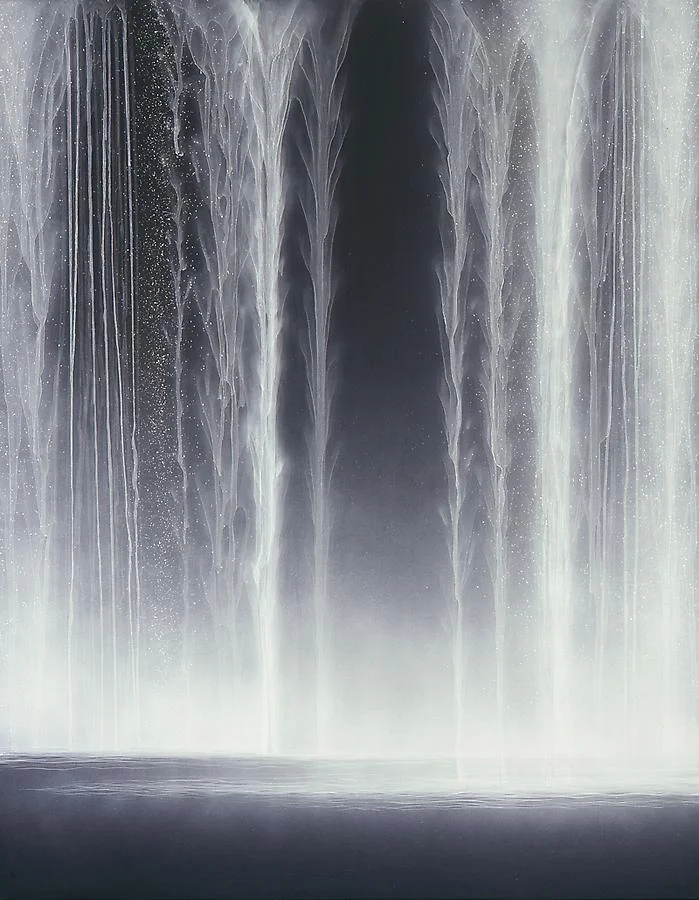Future Civilizations
/In this post we give broad visions of alternative futures to lay the foundation for the importance of asking digital naturalness-type questions now, at an apparent inflection point in the history of the human species...
Contemporary civilization seems to be breaking down at the edge of our current stable state, poised to move through a chaotic transition toward a new stable state. What that new state looks like in much detail is impossible to predict. However, there are a few fault lines that seem central to these different possible futures. Given that how we collectively address the issues along these fault lines now could have enormous consequences in the near and far futures, they may be some of the most important ethical considerations of our time.
One of these fault lines is the relationship between ‘technology’ and ‘nature.’ As mentioned in previous posts we think that both of these terms have fuzzy boundaries, often overlap each other significantly, and that taking them too seriously has definite negative effects on our ability to think about their relationship accurately and and act effectively on the problems at hand. However, as pointers to our original motivation and the real tensions humans feel today, they remain relevant. Basically what we mean by ‘technology’ is human made systems, especially digital technologies including leading edge software/hardware. What we mean by ‘nature’ is all the non-human creatures and elements that give context to and interact with humans and that generally preceded our development of digital tech, as well as the ecosystemic organizing processes through which these creatures and elements dynamically maintain themselves, again overlapping and in relationship with humans.
Digital technology has transformed our lives, and there are serious predictions that new digital tech including blockchain, 3d printing, VR/AR, internet connected devices, AI, and advanced robotics will radically transform both our economies and governments. Some experts even expect AI and advanced human-computer interfaces in the next few decades to irrevocably break down the last significant boundary between humans and machines - our skins. Several companies are now seriously attempting to build consumer grade direct interfaces between computers and our brains. In the background to all this is climate change and our our continuing destruction of nature. It is our contention that digital life currently acts as a net obstacle to adequately appreciating and responding to these changes in nature.
In this context two extreme futures are worth considering. The first we’ll call Machine World. In Machine World humans become cyborgs or are replaced by AI. Cities become hyperdense and filled with machine intelligences. The transformation of ‘natural resources’ into energy, production materials, and waste accelerates further until hardly any natural ecosystems are left. Eventually there are no rural or wild areas left at all. Machine World sustains itself by recycling and repurposing old machines, by continuing to mine metals on earth, and eventually by mining metals in space. Second is the World Without Civilization. We are currently changing earth chemistry so dramatically and so rapidly that there is real concern that we will cause regional or global environmental collapses to such an extent that industrial civilization will no longer be possible and humans will, like other animals, face mass die offs. Humans will live in small semi-nomadic groups of varying sizes surviving by hunting, farming, and harvesting materials from the old, no longer used equipment from cities. We will creatively re-create and maintain some modern communications but overall technological progress will stop for a significant period of time (if not forever).
Both of these extreme trajectories - one in which nature is converted into machines and one in which technological progress pulls the rug out from under itself leaving mostly nature - are unlikely. However, they help us bound the space of the future and flesh out our imagination of more likely and more desirable alternatives. More likely is that the two trends described above interact with each other in complex ways, as they are already doing today. There are several examples where digital technology is contributing to the establishment of more sustainable world system. Solar photovoltaics have in many places become as cheap or cheaper than oil and natural gas. 3d printing is empowering local, distributed manufacturing which will cut down drastically on the energy used to transport products.
The Digital Naturalness Project is an attempt to look at the fault line between digital technologies and nature and try to find areas where they might mutually benefit each other in such a way as to steer the overall direction of both in healthier, generative directions rather than unhealthy, destructive ones. Our fundamental questions are: How can digital technology be built with the patterns of nature in mind to improve our aliveness, wellbeing, and the beauty of our lives? And, what digital technologies would contribute to a future in which nature is sustained and made ever healthier and more complex? Asking these question while standing in that fault line between digital technology and nature leads to deeply exciting, terrifying, sometimes even seemingly perverse possibilities, but exploring them is necessary to find the best alternative worlds between Machine World and the World Without Civilization.
